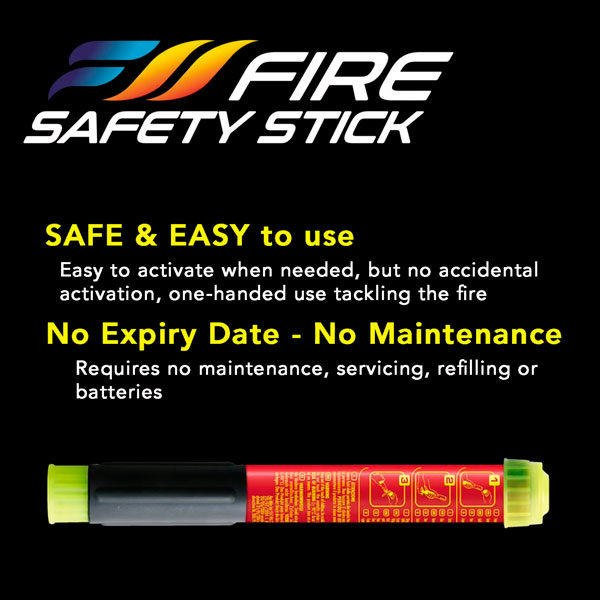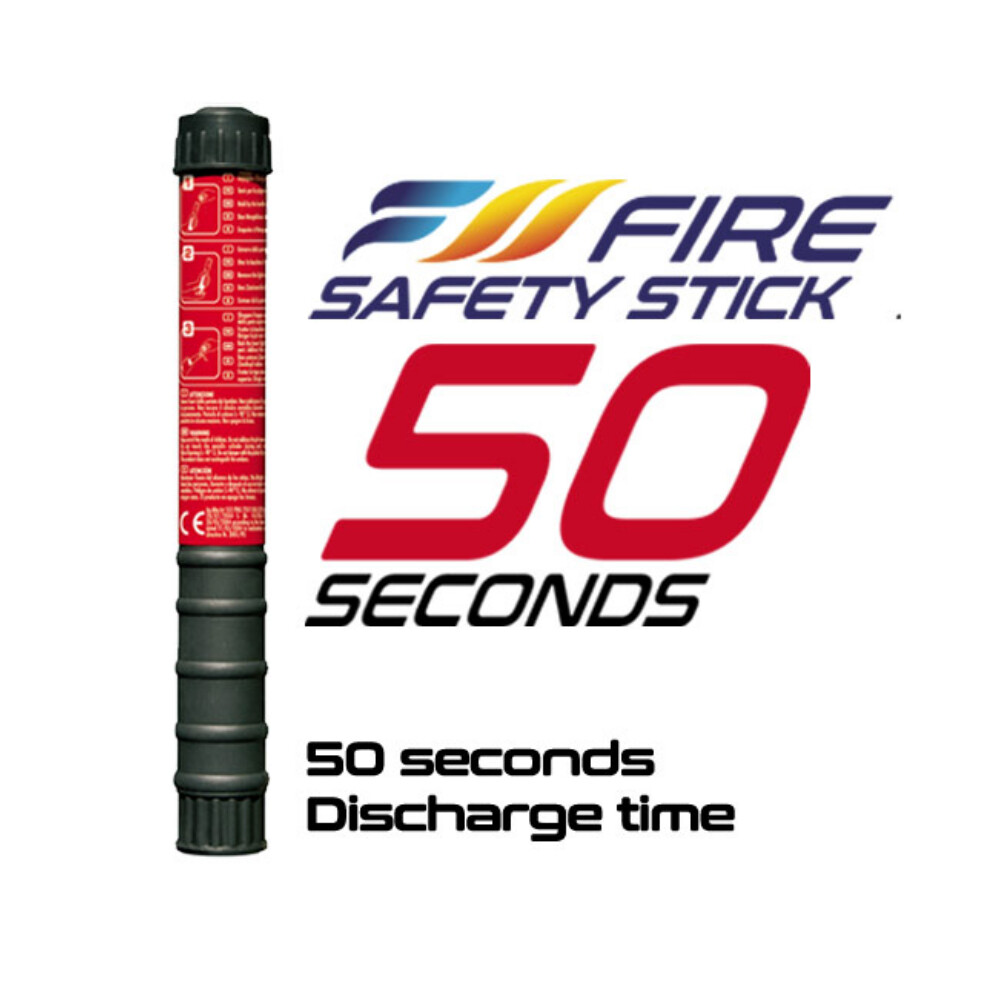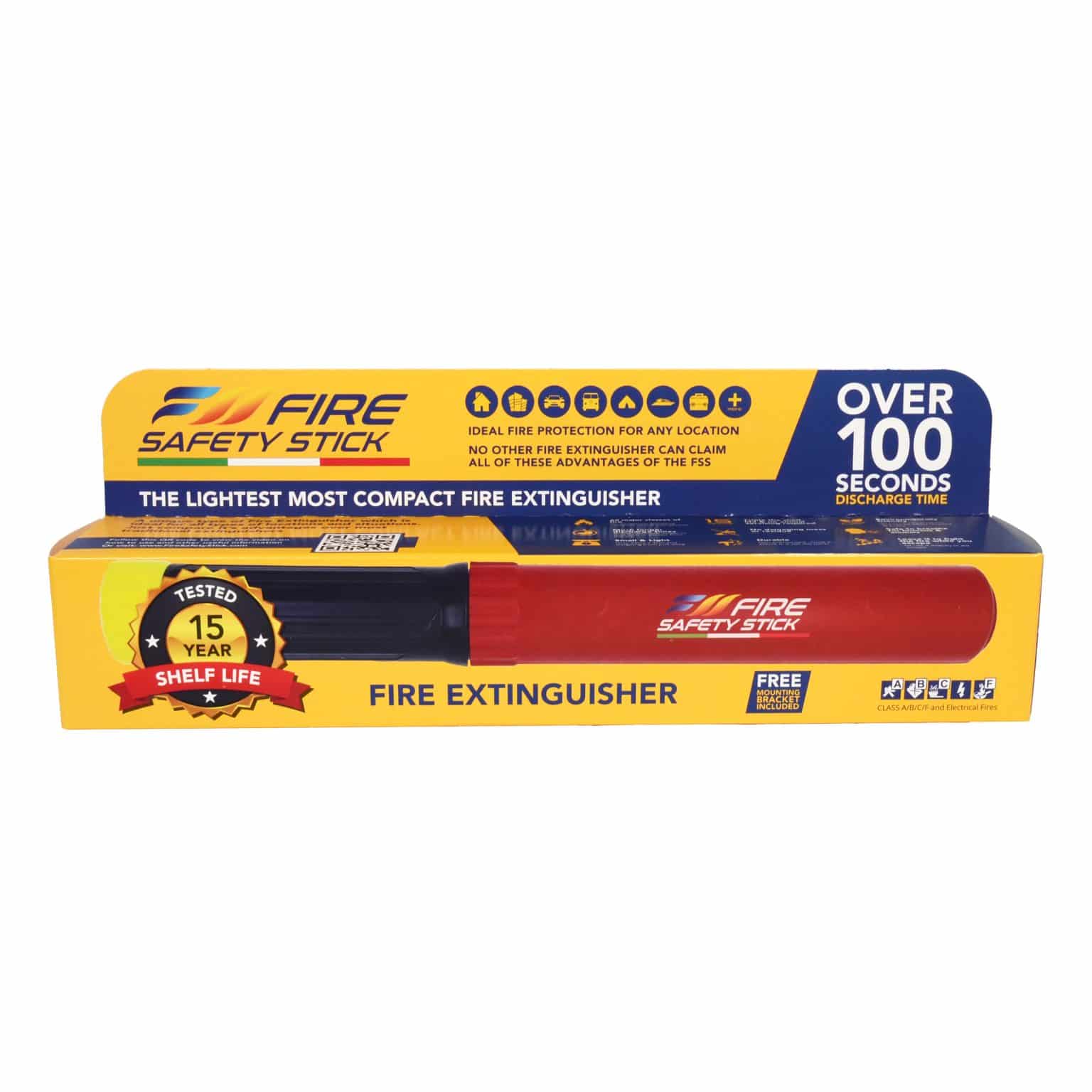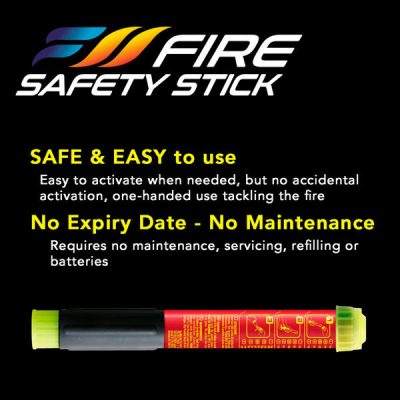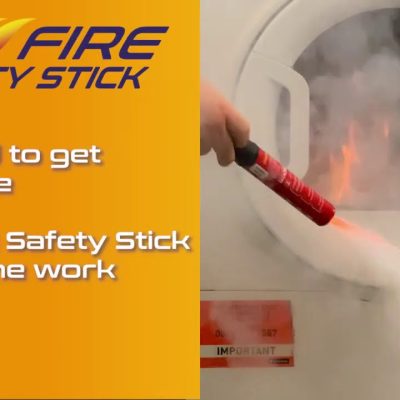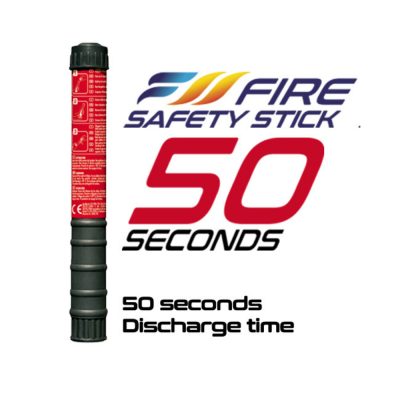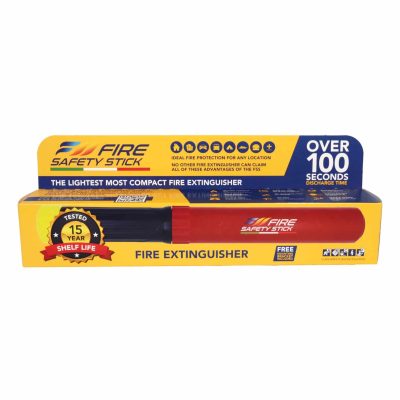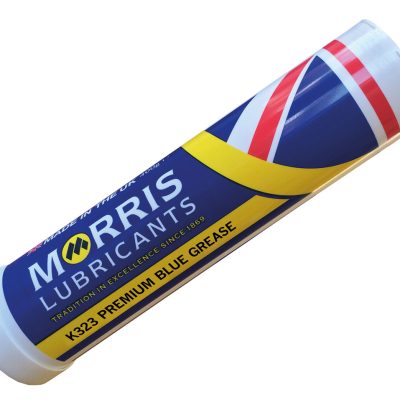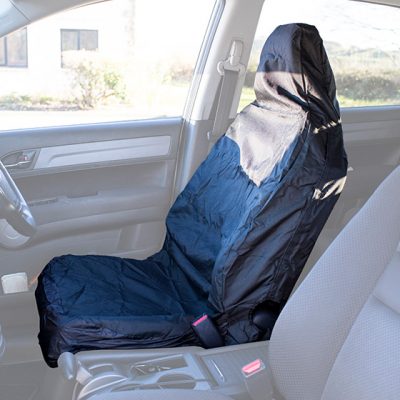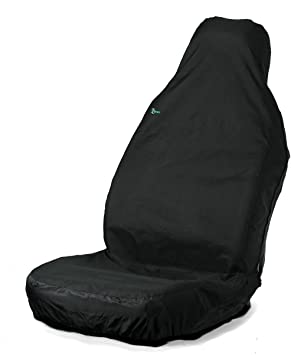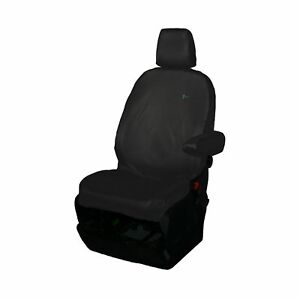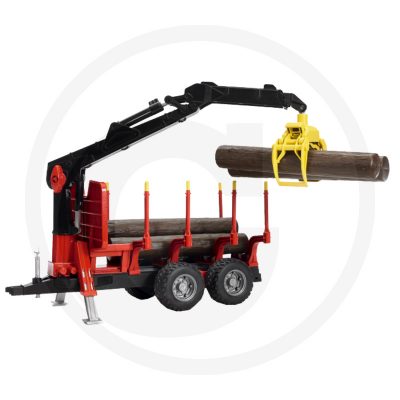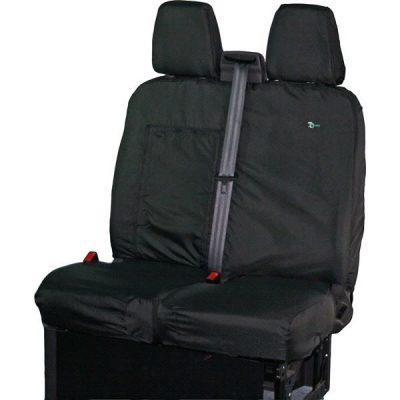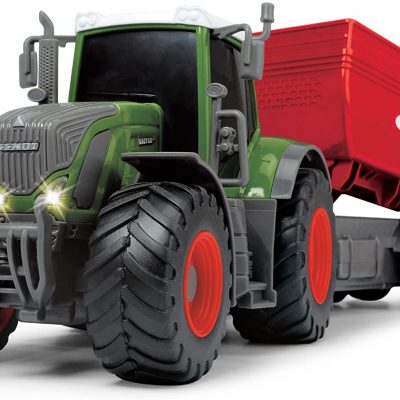FIRE SAFETY STICK Fire Extinguisher
£74.50 – £111.90Price range: £74.50 through £111.90 including VAT
Agri/Utility packs contain the same Fire Safety Stick extinguisher but with some added items. These items include two mounting clips, included in this is the free mounting clip that comes as standard for all Fire Safety Sticks, and an Anti-Tamper Tag, which serves as a secure solution that avoids losing the essential striker for activation/operation.
The Fire Safety Stick is a new, innovative fire extinguisher which takes the guesswork out of using a fire extinguisher. It requires less knowledge or training for the everyday person. An extinguisher which works on 5 classes of fire, meaning less margin for error if accidentally choosing the incorrect traditional extinguisher, and making the fire worse in a high-stress situation.
The Fire Safety Stick is unlike any other extinguisher on the market. It is unpressurised and is activated much like striking a match.
How does the Fire Safety Stick work?
The Fire Safety Stick (FSS) is a manual, portable fire extinguishing device. It uses a Potassium ion jet (a unique method among conventional fire extinguishers) that works by interrupting a fire’s chain of reaction (the “auto-catalyst” of the fire).
Fire Safety Stick is composed of stable, solid minerals; it does not contain gas and is not pressurised. The aerosol-like jet is only produced when the charger is struck with its base. The produced aerosol jet is free of thrust and is essentially an inert salt that emits gas already present in the atmosphere.
Whats the best way to tackle a fire with it?
Unlike a dry chemical extinguisher that combats a blaze by depositing a large amount of solid powder on the fire, the Fire Safety Stick fights a fire by releasing a gas. This gas attaches itself to the oxygen surrounding the fire robbing its ability to stick to the chain of combustion (without affecting ones ability to breath that oxygen). The goal is therefore to use the gas coming out the FSS to create a ‘cloud of containment’ around a fire. Creating a cloud that prevents any outside and un-attached oxygen from getting to the fire is essential and is the same strategy that should also be used with a Halon/Halotron or CO2 extinguisher.
The two worst things you can do when fighting a fire with a gas extinguisher is to be too close or to rush the process. Being very close to a fire means that a cloud cannot be formed blocking any new oxygen that will continue to feed the flame. This is particularly problematic in an isolated pan situation where being too close will only chase the flames around. Rushing the process by moving the extinguisher around a lot also prevents a cloud from being formed and diminishes the performance of the extinguisher.
The best technique is to take advantage of the long discharge time offered by the Fire Safety Stick and to approach a fire from a moderate distance progressively getting closer to its source. During the approach, move the FSS slowly around the fire always directing towards the centre. This will contain the fire and allow the gas the ability to work.
Tight areas with lots of pockets (like the engine bay of a car for example) brings out the strengths of the FSS as the gas, which is heavier than air, will fill all the voids not directly accessible; both putting out a fire and preventing a re-flash.
| Size | FSS50, FSS50 Agri/Utility, FSS100, FSS100 Agri/Utility |
|---|
Related products
Household


